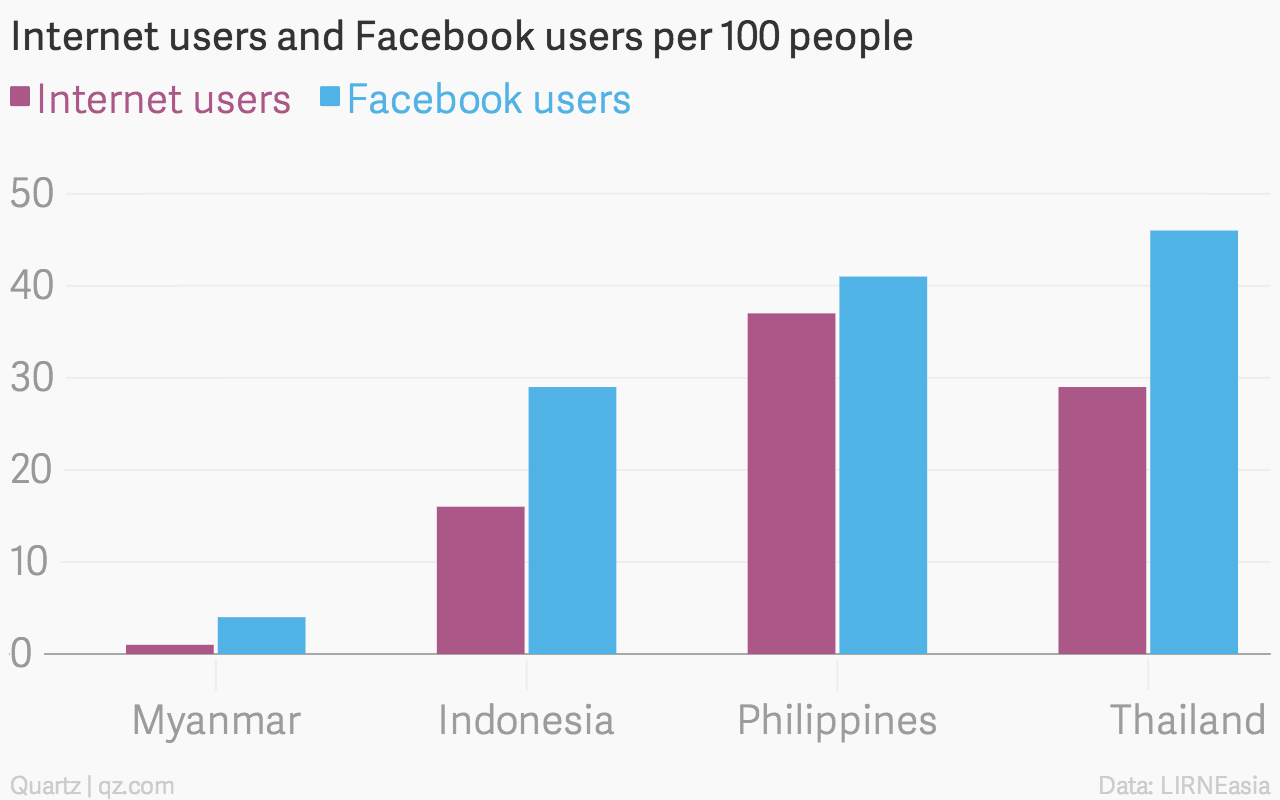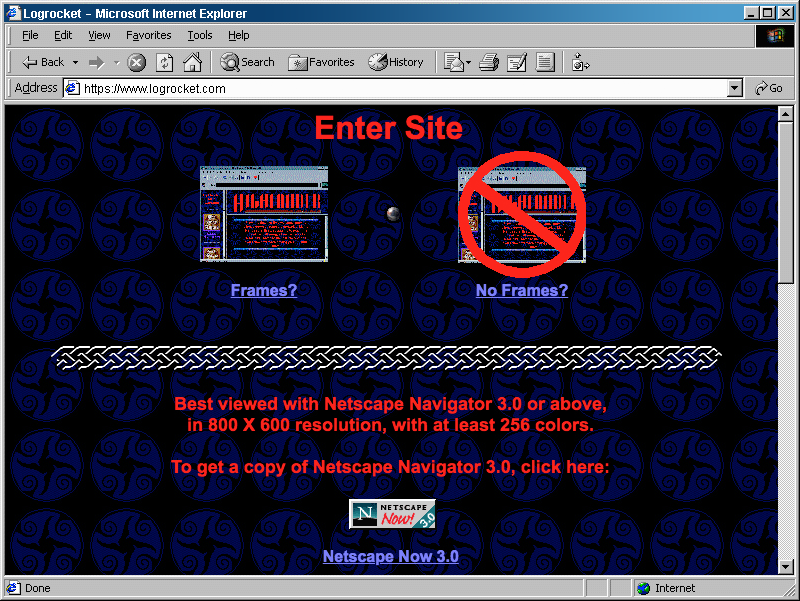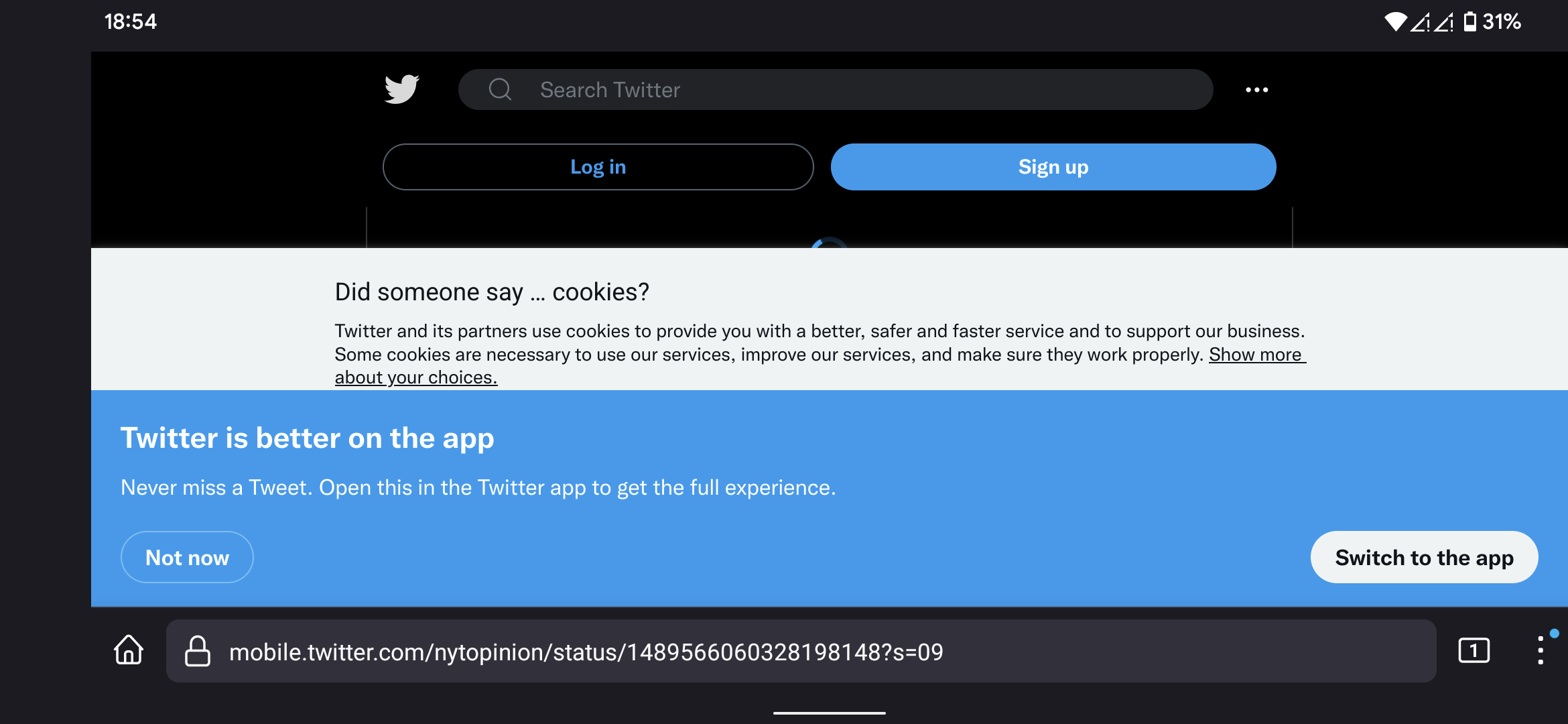Web Fundamentals
A Bird’s-Eye View
of the Web

Ruben Verborgh, Ghent University – imec

![[Mozilla advertisement: “Food. Water. Shelter. Internet.”]](images/food-water-shelter-internet.jpg)
![[Tim Berners-Lee and Vint Cerf at the W3C20 Anniversary Symposium]](images/tim-vint-back.jpg)
![[Tim Berners-Lee and Vint Cerf at the W3C20 Anniversary Symposium]](images/tim-vint-front.jpg)
![[Ted Nelson at at Keio University in 1999]](images/ted-nelson.jpg)
By hypertext I mean non-sequential writing—text that branches and allows choices to the reader, best read at an interactive screen.
Ted Nelson, Literary Machines (1980)
As popularly conceived,
this is a series of text chunks connected by links which offer the reader different pathways.
![[Douglas Engelbart in 2006]](images/douglas-engelbart.jpg)
![[Wendy Hall at TEDxUCLWomen in 20215]](images/wendy-hall.jpg)
![[Tim Berners-Lee’s original proposal for what would become the Web]](images/vague-but-exciting.jpg)
![[The first Web server at CERN.]](images/first-web-server.jpg)
This is for everyone #london2012 #oneweb #openingceremony @webfoundation @w3c
Tim Berners-Lee July 27, 2012
Anyone can say anything about anything.
The Internet is to Web what
the telephone network is to fax.

Individual links are allowed to break
Tim Berners-Lee
so the entire Web does not.
| year | number of websites |
|---|---|
| 1991 | 1 |
| 1992 | 10 |
| 1993 | 130 |
| 1994 | 2,738 |
| 1995 | 23,500 |
| 2000 | 17,087,182 |
| 2010 | 206,956,723 |
<img> element<video> elementnumber of Web APIs
indexed in ProgrammableWeb
![[Cover of Scientific American, May 2001]](images/scientific-american.jpg)
![[an iPhone running Siri]](images/siri.png)

best viewed with

![[Wendy Hall and Rosie the rhino]](images/wendy-hall-rosie.jpg)
Big data, the Web of Things, the Internet:
Wendy Hall
it’s all very masculine.
Women are 50 per cent of the users,
so why aren’t they part of its design?
Technological decentralization can differ from practice:
The Facebook founder has no intention of
allowing anyone to build anything on his platform
that does not have his express approval.Having profited mightily from the Web’s openness,
John Naughton, The Guardian
he has kicked away the ladder that elevated him
to his current eminence.
![[photo of a ladder]](images/ladder.jpg)
![[Indian prime minister Narendra Modi with Mark Zuckerberg at Menlo Park in 2015.]](images/zuckerberg.jpg)
Facebook tries to replace the open Web,
which enabled Facebook in the first place.
![[A billboard advert for Facebook’s Free Basics initiative in Mumbai.]](images/facebook-india.jpg)
We must continue to say no
to a caged version of the Web.
![[Aaron Swartz speaking at an anti-SOPA rally.]](images/sopa-pipa-protests.jpg)
![[picture of Donald Trump]](images/trump.jpg)
In December 2017, US regulators
voted to repeal Net Neutrality.
![[the European Parliament’s debating chamber]](images/european-parliament.jpg)
In Europe, the freedom to place
hyperlinks
is under threat.
![[Ted Nelson, Aaron Swartz, and Doug Engelbart at the 2001 International Semantic Web Working Symposium]](images/ted-aaron-doug.jpg)
Aaron is dead.
Wanderers in this crazy world,
we have lost a mentor, a wise elder.Hackers for right, we are one down,
we have lost one of our own.Nurturers, carers, listeners, feeders,
parents all, we have lost a child.Let us all weep.
Tim Berners-Lee
![[Douglas Engelbart in 2006]](images/douglas-engelbart.jpg)
1925–2013
![[Tim Berners-Lee at his desk in CERN, 1994]](images/tim-berners-lee.jpg)
The best way to predict
Alan Kay
the future is to invent it.
The best way to invent
John Perry Barlow
the future is to predict it.
Let’s assemble the brightest minds
Tim Berners-Lee
from business, technology, government,
civil society, the arts and academia
to tackle the threats to the Web’s future.